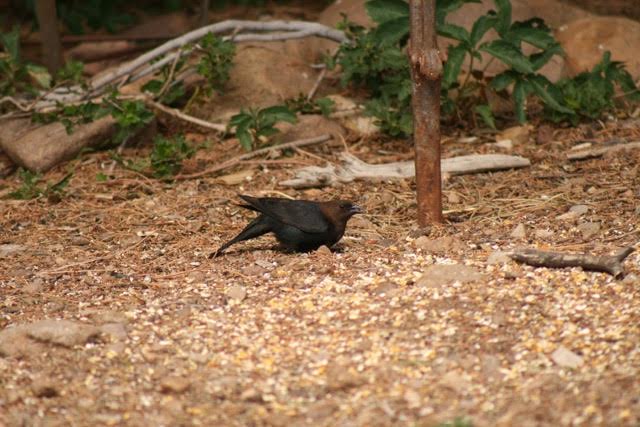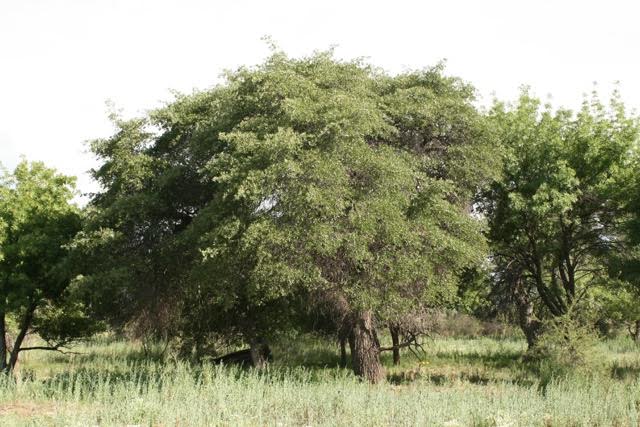
Desert Rosemallow is the official common name I think, though I see it called Coulter’s Hibiscus as well. The latter name makes a lot of sense to me as the botanical is Hibiscus coulteri. It’s in the mallow family Malvaceae and one glance at the flower will tell you that. There are over two hundred species of hibiscus found in warm temperate and tropical regions of the world. Then there are the numerous cultivars that are found everywhere in the world, as many hibiscus selections are remarkably adaptable and cold hardy. A year ago while visiting and wandering in Brooklyn, NY, I was astounded at all the hibiscus found in urban landscapes. Not bad for plants of tropical origin.
A couple notes: the photos are mine of the Coulter’s hibiscus I was growing for market. And while I was avoiding summer heat inside our 1991 Marvelette I read a funny book called, Holy Crap…We’re on Fire. It’s written by a couple retired wildland firefighters from southern Arizona. It’s a novel, but there is no way some of the stories are made up. It is goofy, personal, poignant and full of wild fire information. A good summer read… as I write this all the fires in southern Arizona are out or at least contained. Thank you monsoon and thank you firefighters both current and retired.


Petey talks about brown headed cowbirds and their parasitic and intrusive ways.

Petey gathers acorns and ponders life found around an Emory oak.

Just a couple things about this episode; the genus Linaria has been assigned to the European or Eurasian species of toadflax and Nuttallanthus is...